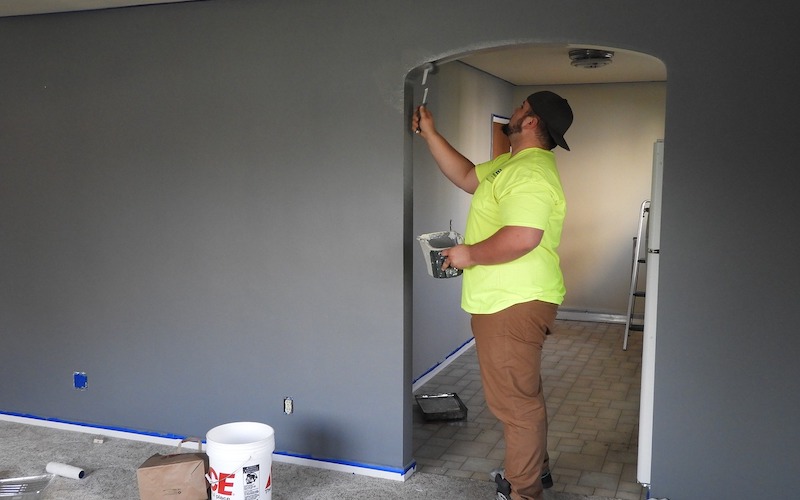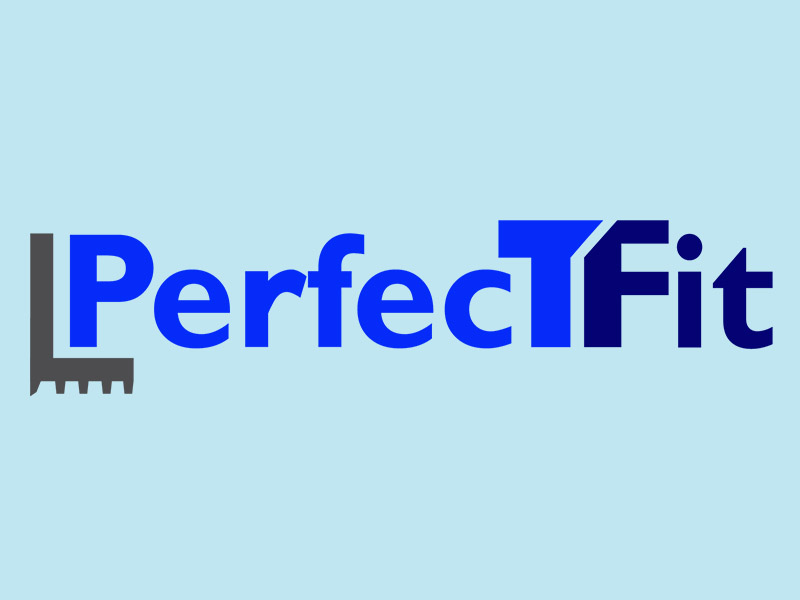A Programming Design Kit (PDK) or Programming Scope Document is the best way for an integration company to document and convey the operation and function of a large and complex integration system in a client’s home.
When an integrator is conducting client interviews or is in the discovery phase with a client, they ask lots of questions about that customer’s home life: how they use their current technology, how technology could help simplify their daily routines, what areas of their home they use the most, and many others. This gives the sales and design team a starting point to suggest what technology could be implemented to help make the client happy about being in their home.
Once the technology has been selected and designed, however, the next step sometimes gets left out. That’s the time when a client should be presented with the fine detail of how the integration system will look, feel, and operate.
A system may not be fully customizable and configurable – it could even be as simple as the client’s smartphone or tablet – but this must be discussed before the client signs the dotted line, agreeing to a design that they will live with for a long time.
Whether the project is a million-dollar theater or a small integrated home, every client should receive a PDK or Programming Scope Document. The document will vary in size depending on the complexity of the system that it is being written for, but it should be utilized in every integration.
Even a small integrated home utilizing a smartphone application for each of the subsystems needs such a document because many clients do not know the capabilities, limitations, and usability of these apps. A client may see these and decide that they want to upgrade to a unified control system, or they may be convinced that some of these products are just not giving them the level of control or ease of use that they need. This is where documentation and communication is crucial.
Larger and more complex home integration systems with unified control systems and customizable user interfaces must also have these documents. With the price tag that comes with these larger, more complex systems also comes a client that feels very passionately about this system and how it looks and operates.
The most important items to include are descriptions of each subsystem being integrated and how these systems will be operated through the control system, descriptions of each type of user interface in the client’s home, and how to operate each of the different types of user interfaces in the system. Also consider including: the shapes and colors that will be used for the interfaces; keypad engraving fonts and colors; touch panel button shapes, sizes, and colors; active and inactive states and text colors and fonts; images or logos used on the user interfaces; smart phone applications and how to operate them; and automated event descriptions and how they function.
With a PDK document in hand, the client will know what to expect when their system is turned over to them, and they will know exactly how to use the system and will feel that it is “their system” that they helped to create and customize.








